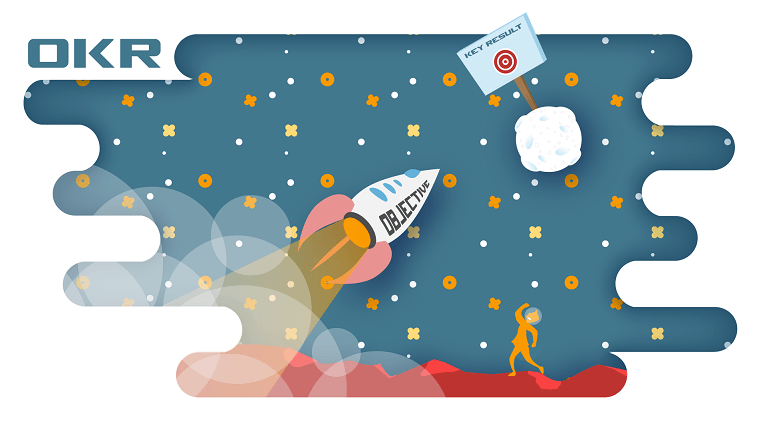3 Key Factors in Automating Objectives and Key Results (OKR)
What is an OKR?
OKR (Objectives and Key Results) relies on setting a framework for near and mid-term goals, where the goal is defined as a clear, specific, and achievable objective. It describes “something I am going to do”, which in itself could form a structure of lower level activities combining to achieve the objective, and “by when” which is often 1 quarter or longer. It must result in a quantifiable value which can be measured to determine if the objective has been achieved. Therefore it requires a timescale and a target that determines when success is reached. In our experience at StrategyBlocks, the ideal number of OKR’s at any level of the organization is 5 +/- 2 (no less than 3, no more than 7).
Where did the OKR theory come from?
OKR’s can be a powerful tool for tracking both the output and outcome of the work being carried out by individuals within any organization. Andy Grove from Intel, who pioneered many great management ideas brought OKR to the mainstream, and it has since spread successfully into many global organizations (Twitter, Linkedin, Google to name a few). Part of its success is that it is not a complex idea and requires little effort to deploy.
3 key considerations when deploying OKR’s
Align to vision with clarity
Recently I attended an OKR workshop, and the first thing I did in the exercise was to draw a value tree, it was the obvious way to visualize my defined objective since the easiest way to do one hard thing is by breaking it into a number of small things. In theory, this could appear at any level of the organizational structure, but will have a differing levels of detail. What’s critical is that everyone’s OKR’s aligns with the CEO’s objective, which is normally the vision and mission of the business. By doing it this way, we create enterprise alignment with vision.
Link to targeted results
Next I considered my outcome, the result. This is where a piece of paper doesn’t work. Results are another layer to my value tree, my result metrics needed to be an overlay of my objectives. It is the point of linkage that is important: it needs to answer the question “what is the quantifiable result of my objective”.
Measure, track & monitor
The measurement of delivery is almost always a scale between 0 and 1, or 0 to 100% (at StrategyBlocks we use the later). This sliding scale is subjective and can move forwards or backwards depending on the comfort level of the Owner and those closest to the deliverable. It should also be self aggregating so all OKR’s in flight rollup to higher level OKR’s and ultimately can be used to derive achievement towards vision. At each level of the OKR hierarchy we can have quantified results, or lead metrics, which achieve the key linkage between objectives and their corresponding results.
In Summary
OKR’s can be a powerful and yet flexible approach to managing and monitoring the delivery of ambitious goals. Through the use of StrategyBlocks we make OKR’s a real time dynamic process and increase the agility of enterprise execution.




Leave A Comment